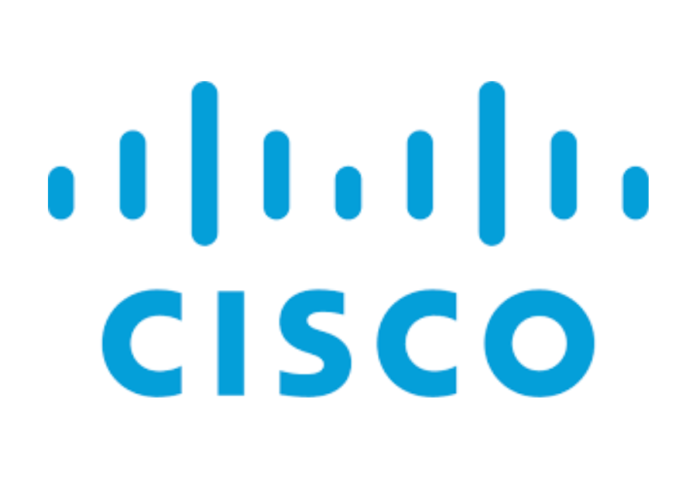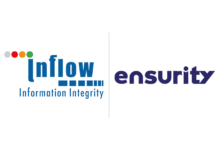A Cisco survey reveals that device sharing between working parents and children is normal practice, despite security risks.
-
In the UAE, 40% of children have unsupervised access and know the passcodes of their parent’s devices used for work.
-
Device protection is low despite security implications, with only 24% using MFA to protect shared devices.
Dubai, United Arab Emirates, November 2024: In the current security climate and with the complexities of a hybrid workforce, IT decision makers still have a huge challenge when it comes to fully securing the workplace. A new Cisco study reveals that among parents who share their devices used for work with children in the UAE, 40 percent allow unsupervised access with full knowledge of passcodes. Even among those without access to passcodes, 54 percent remain unsupervised.
“In the UAE, the rise of remote work combined with the increasing prevalence of shared devices within families presents significant security challenges that cannot be overlooked,” says Fady Younes, Managing Director for Cybersecurity at Cisco Middle East, Africa, Türkiye, Romania, and CIS. “As we navigate this landscape, it is crucial for organizations to not only implement robust security measures like multi-factor authentication and zero-trust frameworks but also to engage with employees in understanding their unique home environments. By fostering a culture of security awareness and adapting to the realities of family dynamics, we can better safeguard sensitive information while supporting working parents in our communities.”
With 91 percent of working parents sharing a personal device used for work with a child in the past six months in the UAE, it is clear IT teams need to factor in more than just standard security risks. They need to consider more broadly the issues that arise in chaotic real-world environments and how substituting security for convenience continues to be a threat.
Among those sharing devices with children, the survey further shows low usage of effective security. Only 24 percent use multi-factor authentication (MFA) for important work tasks, while 62 percent simply rely on “strong” passwords.
In a time where over two-thirds of connected household devices are shared among family members (75 percent vs. 65 percent two years ago), it’s time to sharpen up on best practices and monitor activity across devices—managed or unmanaged, fixed or mobile—to make sure nothing falls through the cracks.
Cisco’s Tips to Mitigate the Security Risk of Device Sharing:
- Work with rather than against users. Allow users to create guest user accounts on devices to allow family members restricted use without access to business systems but benefiting from corporate cyber protection. Permitting guest accounts is less than ideal, but it’s better than having unauthorized users with full access to a device.
- Implement multi-factor authentication (MFA) or two-actor authentication (2FA). When a user accesses a new application or system, verify that the user intended to perform the action through an MFA/2FA ping or biometric recognition. A simple additional verification step will almost certainly prevent curious children from accessing sensitive systems.
- Keep sensitive business data protected. Not all data has equal security requirements, so guard sensitive data with additional elements such as zero trust network access (ZTNA), VPN, or multifactor authentication (MFA/2FA) so that it can only be accessed by the appropriate device user.
- Back up, back up, and back up again. The family home environment is hazardous for fragile electronic devices. Spilled coffee, lemonade, or paint can easily disable a device, as can falling from height on to a tiled kitchen floor. Ensuring that important data isn’t lost and that replacement devices can be easily restored from backed-up data is vital to keeping hybrid workers operational.
- Educate users about cyber security. Devious users have a nasty habit of finding ways to subvert security protections if they find that these protections get in the way of their goals. Make sure users are aware of the importance of cyber security, the consequences of getting it wrong, as well as common threats and attacks. Simple policies reinforced with sanctions for transgressions help users understand what is acceptable and what is not.
Also read: Viksit Workforce for a Viksit Bharat
Do Follow: CIO News LinkedIn Account | CIO News Facebook | CIO News Youtube | CIO News Twitter
About us:
CIO News is the premier platform dedicated to delivering the latest news, updates, and insights from the CIO industry. As a trusted source in the technology and IT sector, we provide a comprehensive resource for executives and professionals seeking to stay informed and ahead of the curve. With a focus on cutting-edge developments and trends, CIO News serves as your go-to destination for staying abreast of the rapidly evolving landscape of technology and IT. Founded in June 2020, CIO News has rapidly evolved with ambitious growth plans to expand globally, targeting markets in the Middle East & Africa, ASEAN, USA, and the UK.






